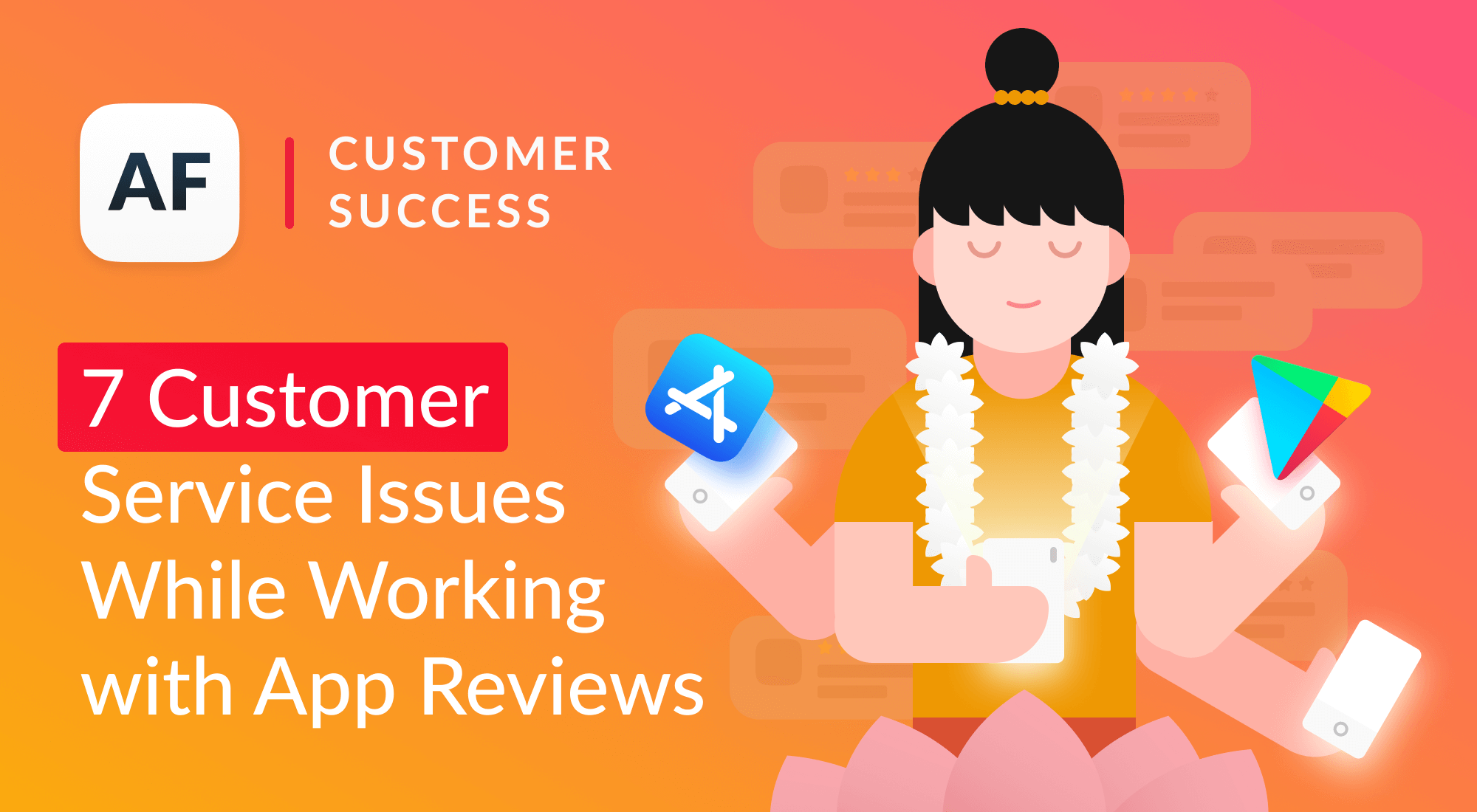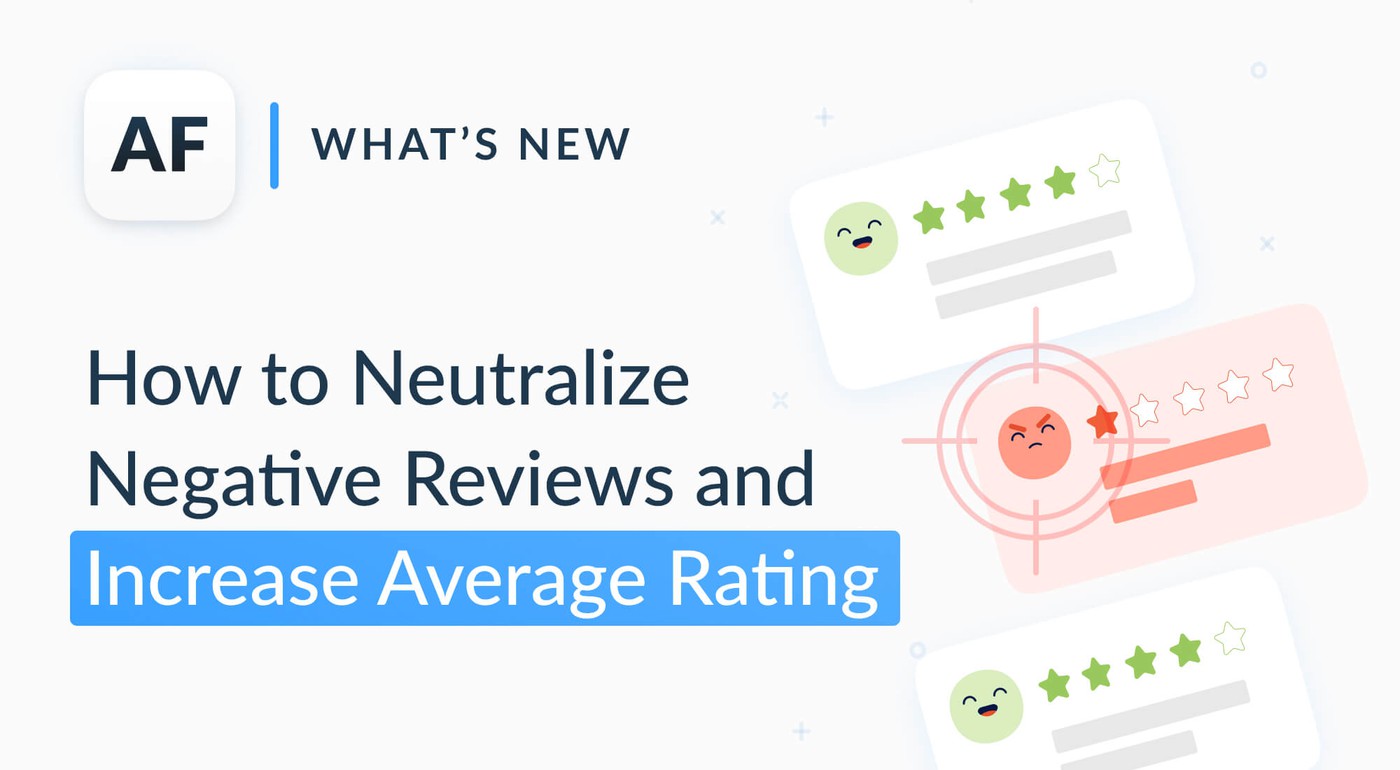How Apple's new guidelines will affect app average rating

Table of Content:
Last week Apple updated its guidelines, restricting developers from using custom in-app requests. Now, when asking to rate or review their apps developers must only use the official API. Back in 2017, when the official in-app rating UI was first added to iOS 10.3, the company stated that they would disallow custom review prompts. It seems that Apple has finally decided to remove them completely.
So, how might this affect your app’s average rating?
More genuine app ratings
Previously, developers used a custom rating prompt before Apple’s in-app request. A custom popup with cute graphics asked a user if they liked the app or game, and if they tapped yes, it led them to the store. If not, the popup would show them a feedback form meaning that these reviews would never appear in the store.

This trick allowed developers to get more positive ratings and avoid publishing the negative ones. However, Apple’s striving to create the best experience for its users for its users by including all reviews, whether positive or negative. So the official rating request won’t let you leave such feedback in the shadows.
Only 3 shots to get users’ feedback
Without Apple’s restrictions, developers would only show the official pop-up if users confirmed that they liked an app, and they wanted to rate it. A custom review prompt could be shown an endless number of times, and developers were free to choose the right place and time to get a 5-star review.
Now you have only three shots in a 365-day period to ask for a rating or review, so choose the time and place of an in-app request wisely. Users will also be able to toggle off App Store review prompts, meaning that developers won’t be allowed to reach out to them by other means.

Flying blind without proper data
Custom rating requests gave you the understanding of your users’ behavior: how the graphics worked, how many users tapped to rate, etc. You could freely manipulate the time and place of your prompts to find that ‘aha’ moment. Using only Apple’s own API you will have no data and will only be able to evaluate your efforts afterwards.
--
Custom review prompts helped developers manipulate their users to get higher average ratings. And Apple wants to make things right. Will this update twist the knife? Developers already receive way fewer reviews in the App Store compared to the Google Play Store, and this number won’t get any bigger. Developers will have to pay attention to reviews and solve user problems for real, as they now have less opportunities to influence their opinion.
Discover here how to start responding to the App Store reviews.







